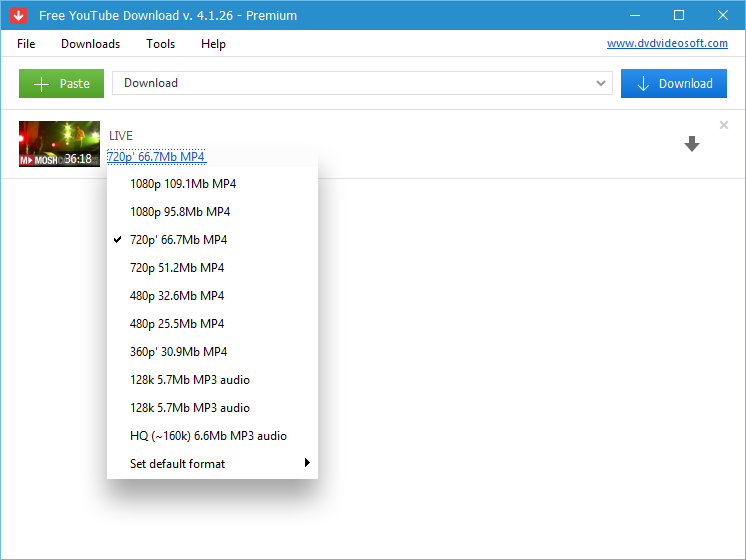Free software means that the users have the freedom to run, edit, contribute to, and share the software. Thus, free software is a matter of liberty, not price. We have been defending the rights of all software users for the past 35 years. Help sustain us for many more; become an associate member today.
Banxia frontier analyst 4.1 free download. Business software downloads - Banxia Frontier Analyst by Banxia Software Ltd and many more programs are available for instant and free download. Hi, Anyone can help me in using Frontier 4.1, I need it for my dissertation in MSc in Banking & Finance. I don't know how to link country - specific to the equation and to apply them to software. 4+1 is a view model used for 'describing the architecture of software-intensive systems, based on the use of multiple, concurrent views'. The views are used to describe the system from the viewpoint of different stakeholders, such as end-users, developers, system engineers, and project managers.
Free Software Frontier 4.1 10
4+1 is a view model used for 'describing the architecture of software-intensive systems, based on the use of multiple, concurrent views'.[1] The views are used to describe the system from the viewpoint of different stakeholders, such as end-users, developers, system engineers, and project managers. The four views of the model are logical, development, process and physical view. In addition, selected use cases or scenarios are used to illustrate the architecture serving as the 'plus one' view. Hence, the model contains 4+1 views:[1]

- Logical view: The logical view is concerned with the functionality that the system provides to end-users. UML diagrams are used to represent the logical view, and include class diagrams, and state diagrams.[2]
- Process view: The process view deals with the dynamic aspects of the system, explains the system processes and how they communicate, and focuses on the run time behavior of the system. The process view addresses concurrency, distribution, integrator, performance, and scalability, etc. UML diagrams to represent process view include the sequence diagram, communication diagram, activity diagram.[3][2]
- Development view: The development view illustrates a system from a programmer's perspective and is concerned with software management. This view is also known as the implementation view. It uses the UML Component diagram to describe system components. UML Diagrams used to represent the development view include the Package diagram.[2]
- Physical view: The physical view depicts the system from a system engineer's point of view. It is concerned with the topology of software components on the physical layer as well as the physical connections between these components. This view is also known as the deployment view. UML diagrams used to represent the physical view include the deployment diagram.[2]
- Scenarios: The description of an architecture is illustrated using a small set of use cases, or scenarios, which become a fifth view. The scenarios describe sequences of interactions between objects and between processes. They are used to identify architectural elements and to illustrate and validate the architecture design. They also serve as a starting point for tests of an architecture prototype. This view is also known as the use case view.
The 4+1 view model is generic and is not restricted to any notation, tool or design method. Quoting Kruchten,
The “4+1” view model is rather “generic”: other notations and tools can be used, other design methods can be used, especially for the logical and process decompositions, but we have indicated the ones we have used with success.
See also[edit]
References[edit]
- ^ abcKruchten, Philippe (1995, November). Architectural Blueprints — The “4+1” View Model of Software Architecture. IEEE Software 12 (6), pp. 42-50.
- ^ abcdMikko Kontio (2008, July) Architectural manifesto: Designing software architectures, Part 5
- ^Hui, LM; Leung, CW; Fan, CK; Wong, TN (2004). 'Modelling agent-based systems with UML'. Proceedings of the Fifth Asia Pacific Industrial Engineering and Management Systems Conference.
Free Software Frontier 4.1 Review
Frontier 4.1 — Dave Winer, Doug Baron, and the folks at UserLand have released Frontier 4.1, an updated version of their Internet-savvy Macintosh scripting environment. Frontier 4.1 offers a revised user interface with new menus and a couple of 'Navigators' designed to make key parts of the Object Database more accessible, a completely revised User Guide, new documentation for scripting Web sites with Frontier, and the ability to run MacBird cards (see TidBITS-309), which adds some custom interface capabilities. Frontier 4.1 also includes a flurry of bug fixes and changes contributed from Frontier’s active user community and – perhaps best of all – Frontier is still free.
Currently, an updater to Frontier 4.1 from 4.0.1 is available (about 2.5 MB), but a full 'shipping' version of Frontier 4.1 should be ready by the time you read this. Be sure to follow the installation instructions (and back up your Frontier.root file!) and download a copy of the new Users Guide (about 1.1 MB). [GD]
Frontier Download Software
<http://www.scripting.com/frontier/>